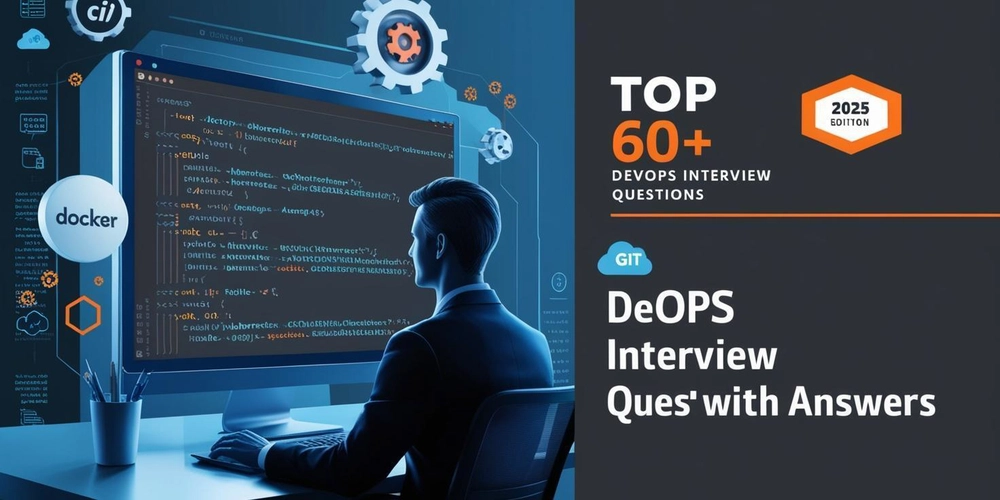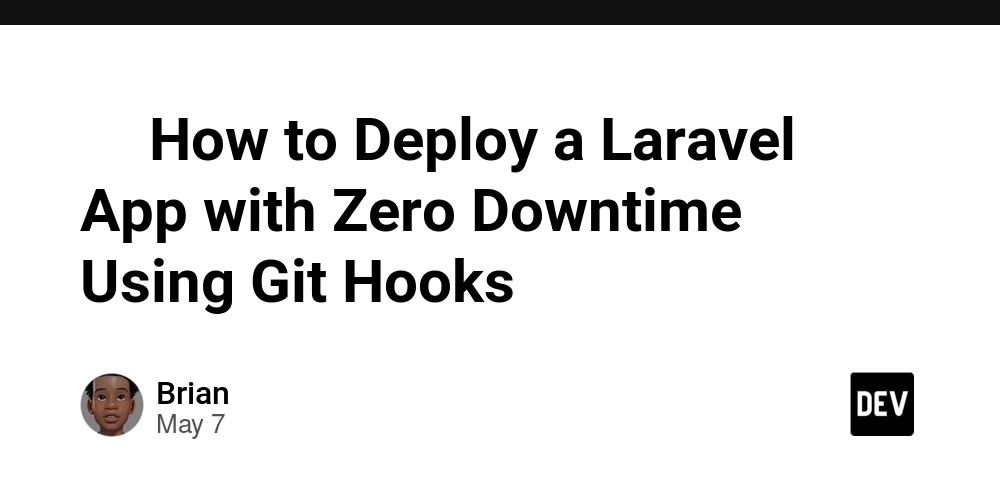Amazon, Finally, Now Has a ‘Get Book’ Button in Its iOS Kindle App
Andrew Liszewski, The Verge: Contrary to prior limitations, there is now a prominent orange “Get book” button on Kindle app’s book listings. [...] Before today’s updates, buying books wasn’t a feature you’d find in the Kindle mobile app following app store rule changes Apple implemented in 2011 that required developers to remove links or buttons leading to alternate ways to make purchases. You could search for books that offered samples for download, add them to a shopping list, and read titles you already own, but you couldn’t actually buy titles through the Kindle or Amazon app, or even see their prices. I’d love to just crack a joke here about Amazon, maybe, possibly, finally getting a chance to gain a bit of market share in the e-book market. I’d love to just crack that joke and move on. But really, this whole situation with e-books has been the best argument against Apple’s App Store policies for at least the last 15 years. Physical printed books are typically sold under a wholesale model. The publishers sells the book to a bookseller for a wholesale price (say, perhaps, half the suggested retail price) and the bookseller is then free to charge whatever actual retail price they want to customers. But e-books are sold under the agency model: the publisher sets the retail price, and the bookseller keeps 30 percent. But Apple’s App Store policies therefore make it impossible for a third-party bookseller to sell e-books and make even a penny of profit. Let’s say there’s an e-book that the publisher decides will sell to customers for $10. When Amazon sells the Kindle edition of that book, the publisher gets $7, and Amazon keeps $3. But if the Kindle iOS app allowed purchases of books through IAP, Apple would take its 30 percent first. Apple would get $3, Amazon would still owe the publisher $7, and there’d be nothing left over — not a cent — for Amazon itself. Effectively they’d lose a bit of money on each sale, and it would be impossible to make even a penny of profit. You can’t even fix this by raising prices. Double the retail price to $20 and then Apple would take $6, and the publisher would be owed $14. Still not a cent left for Amazon. The App Store model is just fundamentally incompatible with the agency model. What Apple should have done, 15 years ago, is look at this situation and decide “Well, we have to allow something else. Kindle users should be able to buy books on iOS devices from the Kindle app.” And the solution is incredibly obvious: let apps send users out of the app to the web to make purchases, without Apple taking a cent. That’s what’s happening now, because of Judge Yvonne Gonzales Rogers’s injunction, but it should have been something Apple permitted 15 years ago because it’s so obviously fair and just. I’ve argued consistently that it’s fine for Apple to insist that in-app purchases for digital content must use Apple’s payment system. But I’ve also argued consistently that Apple should allow from-app purchases to freely go to the web. Tap a button or link, leave the app and go to the web, and make the purchases there. Then go back to the app and the app can sync up what you just purchased. Done. Simple. Apple’s obstinance on this has created nothing but friction, confusion, and hassle for users for 15 years. It makes no sense for anyone. I can see, at some level, where executives at Apple are like, “Fuck Amazon. There’s no way for us to even make an Apple Books app for Kindles, let alone sell our own e-books on their devices, so they can go fuck themselves. Why should we let them sell e-books on our devices?” That’s all true. There are no third-party apps on Kindles. There are third-party apps on iPhones and iPads. But at some point Apple should have just considered their own users. If their users are using the Kindle app looking to buy Kindle e-books on iOS devices, Apple should have just let it happen on the web — and used that as motivation to make Apple Books better so that maybe more users would prefer it to the Kindle ecosystem. What’s the word? Oh yeah ... competed. ★

Andrew Liszewski, The Verge:
Contrary to prior limitations, there is now a prominent orange “Get book” button on Kindle app’s book listings. [...]
Before today’s updates, buying books wasn’t a feature you’d find in the Kindle mobile app following app store rule changes Apple implemented in 2011 that required developers to remove links or buttons leading to alternate ways to make purchases. You could search for books that offered samples for download, add them to a shopping list, and read titles you already own, but you couldn’t actually buy titles through the Kindle or Amazon app, or even see their prices.
I’d love to just crack a joke here about Amazon, maybe, possibly, finally getting a chance to gain a bit of market share in the e-book market. I’d love to just crack that joke and move on.
But really, this whole situation with e-books has been the best argument against Apple’s App Store policies for at least the last 15 years. Physical printed books are typically sold under a wholesale model. The publishers sells the book to a bookseller for a wholesale price (say, perhaps, half the suggested retail price) and the bookseller is then free to charge whatever actual retail price they want to customers. But e-books are sold under the agency model: the publisher sets the retail price, and the bookseller keeps 30 percent. But Apple’s App Store policies therefore make it impossible for a third-party bookseller to sell e-books and make even a penny of profit. Let’s say there’s an e-book that the publisher decides will sell to customers for $10. When Amazon sells the Kindle edition of that book, the publisher gets $7, and Amazon keeps $3. But if the Kindle iOS app allowed purchases of books through IAP, Apple would take its 30 percent first. Apple would get $3, Amazon would still owe the publisher $7, and there’d be nothing left over — not a cent — for Amazon itself. Effectively they’d lose a bit of money on each sale, and it would be impossible to make even a penny of profit.
You can’t even fix this by raising prices. Double the retail price to $20 and then Apple would take $6, and the publisher would be owed $14. Still not a cent left for Amazon. The App Store model is just fundamentally incompatible with the agency model.
What Apple should have done, 15 years ago, is look at this situation and decide “Well, we have to allow something else. Kindle users should be able to buy books on iOS devices from the Kindle app.” And the solution is incredibly obvious: let apps send users out of the app to the web to make purchases, without Apple taking a cent. That’s what’s happening now, because of Judge Yvonne Gonzales Rogers’s injunction, but it should have been something Apple permitted 15 years ago because it’s so obviously fair and just. I’ve argued consistently that it’s fine for Apple to insist that in-app purchases for digital content must use Apple’s payment system. But I’ve also argued consistently that Apple should allow from-app purchases to freely go to the web. Tap a button or link, leave the app and go to the web, and make the purchases there. Then go back to the app and the app can sync up what you just purchased. Done. Simple.
Apple’s obstinance on this has created nothing but friction, confusion, and hassle for users for 15 years. It makes no sense for anyone. I can see, at some level, where executives at Apple are like, “Fuck Amazon. There’s no way for us to even make an Apple Books app for Kindles, let alone sell our own e-books on their devices, so they can go fuck themselves. Why should we let them sell e-books on our devices?” That’s all true. There are no third-party apps on Kindles. There are third-party apps on iPhones and iPads. But at some point Apple should have just considered their own users. If their users are using the Kindle app looking to buy Kindle e-books on iOS devices, Apple should have just let it happen on the web — and used that as motivation to make Apple Books better so that maybe more users would prefer it to the Kindle ecosystem. What’s the word? Oh yeah ... competed.





































/https://tf-cmsv2-smithsonianmag-media.s3.amazonaws.com/filer_public/67/76/67762ab7-1e65-4fa2-95c8-65661499e376/1_smithsonian_the-squid-run-gathers-_a-blizzard-of-life_-off-californias-coastline-13_web.jpg?#)





































